BMW has given the green light to new electric i1 and i2 models, according to sources close to the German car maker.
Already in development at the company’s FIZ R&D centre in Munich, the two new models will be sold alongside updated versions of today’s combustion-powered 1 Series and 2 Series when they arrive later this decade.
The intention is to provide prospective customers with more affordable alternatives in BMW’s electric car line-up, which currently opens with the £46,205 iX1.
The new i1 is expected to be sold as either a hatchback or a saloon, while the i2 will be a compact crossover with the option of a coupé bodystyle. Insiders describe the i2 as a spiritual successor to BMW’s debut electric car, the i3 hatchback, launched in 2013 and discontinued in 2022.
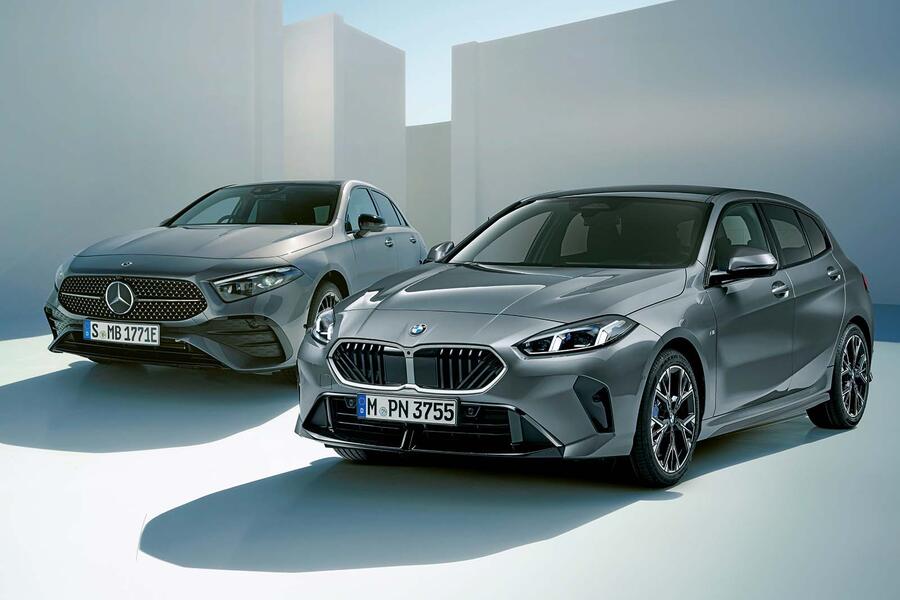
BMW remains committed to the 1 Series and its derivatives and sees its future operating in all major segments – a stark contrast to rival Mercedes-Benz, which will retire the A-Class for good in 2026.
BMW product boss Bernd Körber told Autocar recently that the brand wants to grow in all markets and “connect with the younger generation”, and having entry-level models like the 1 Series and 2 Series is essential to do that.
Körber added: “Of course they have lower profitability but they also fulfil a different purpose in getting younger customers and developing [BMW] in certain markets.
“So yes, they are still part of our strategy and it’s good that we have two brands in the segment, with of course Mini playing a big role.”
Körber agreed with the notion that the A-Class bowing out presented an opportunity for BMW to grow market share with the 1 Series.
The company plans to launch the electric i1 in 2027, with the more sporting i2 set to follow in 2028. But while the updated 1 Series and 2 Series remain on the existing FAAR platform, the two new compact EVs have been conceived around the new dedicated Neue Klasse electric car architecture.


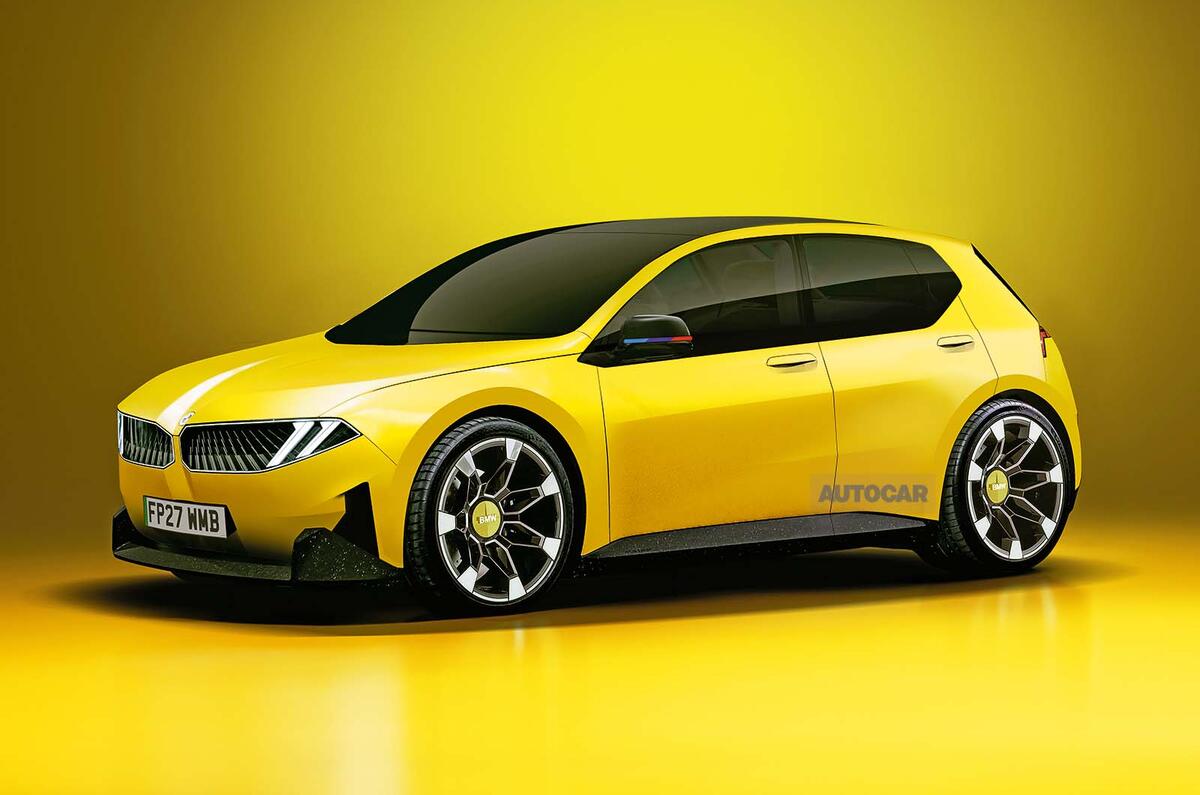


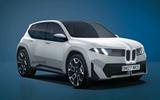


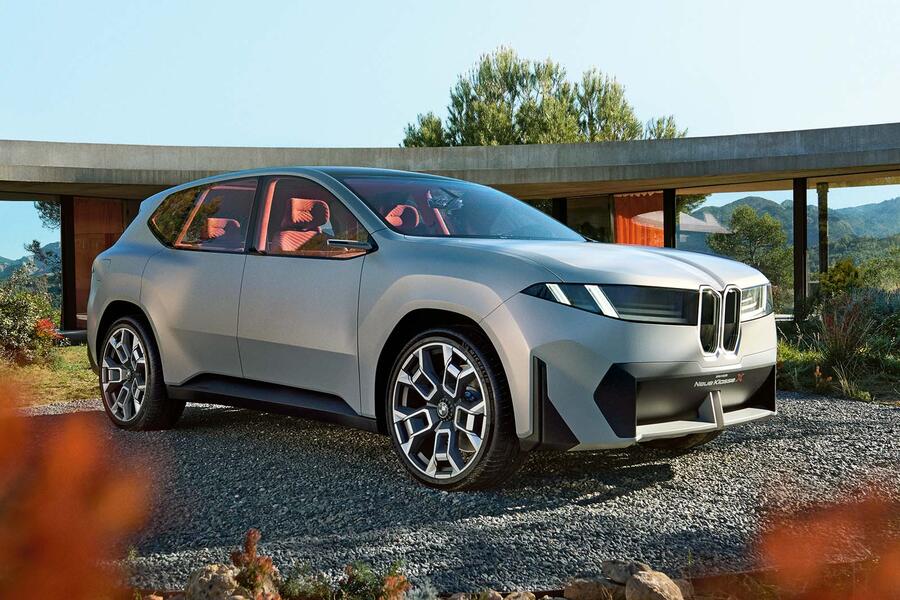
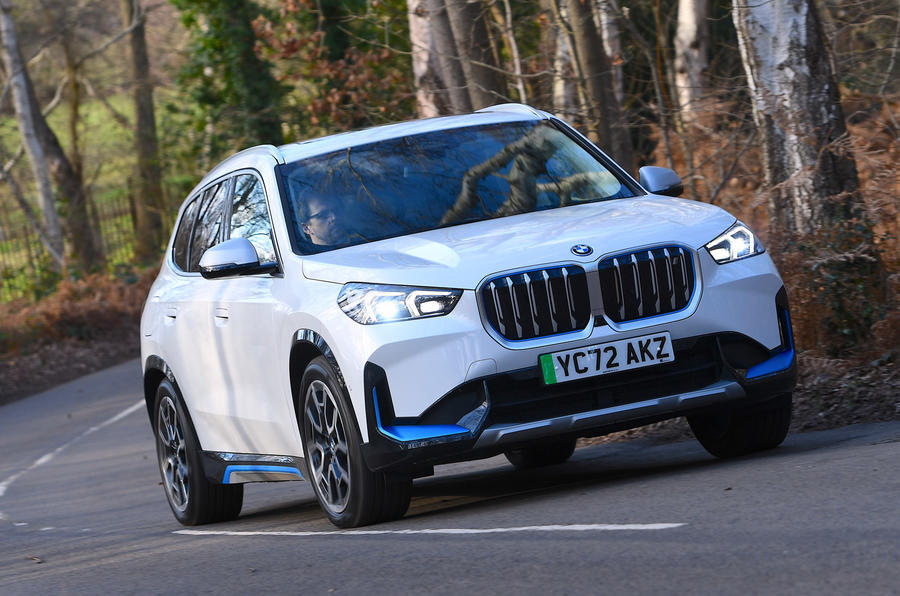
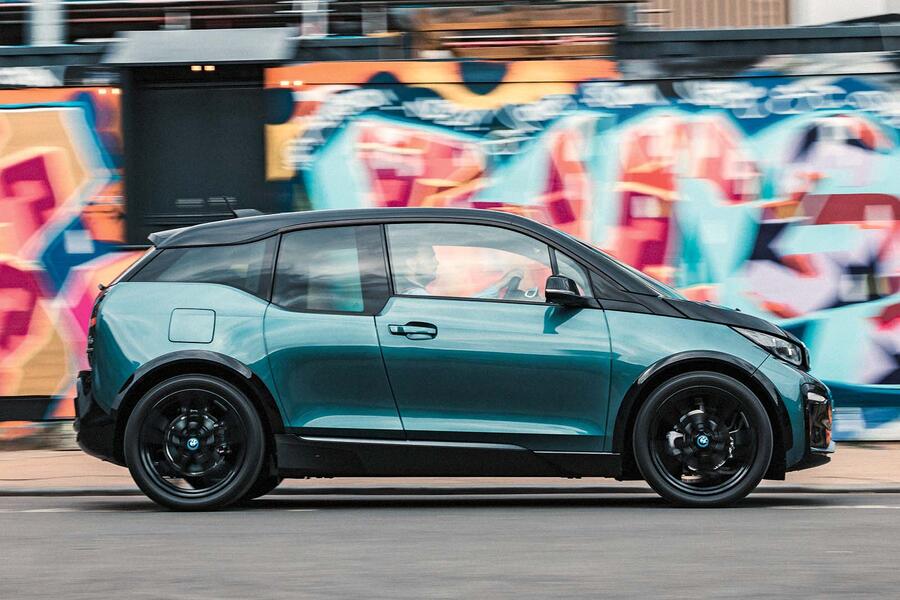
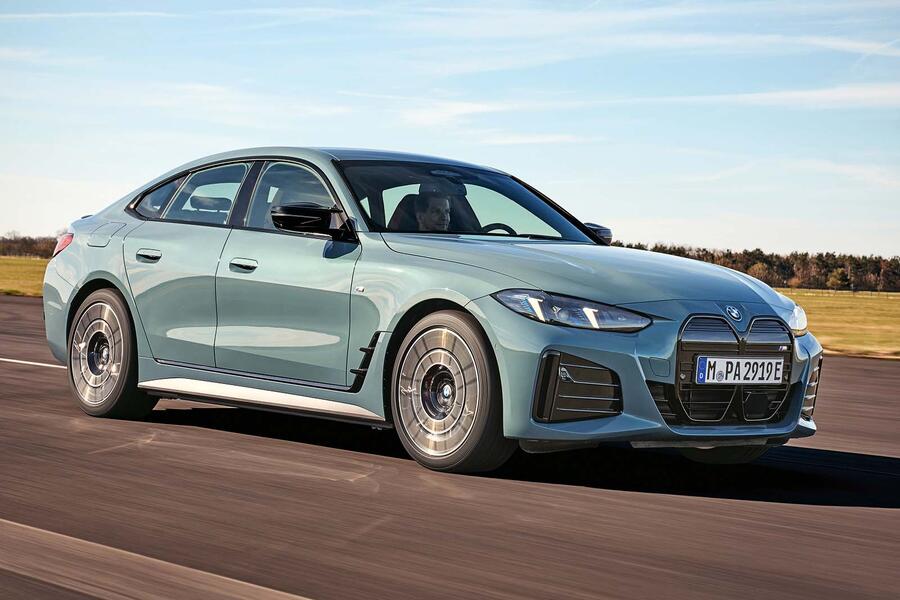






Join the debate
Add your comment
I would have thought the engineers would've looked to be nature and developed hexagonally shaped cells, cylindrical cells will waste quite a bit of space, perhaps they have some cooling pipes or wiring that they need to make room for.
Do you actually think they are so stupid not to think of that or is it more likely there are reasons why the cells are cylindrical?
Lots of people love their i3's and BMW currently offer them nothing. I know the i3 was expensive to make and that's why it was canned, but there's a lot of goodwill there that will be in different showrooms if they don't give a BMW alternative.
Still the only BEV I find remotely attractive. I've friends here in Spain who absoltely love them.
To my eyes, still, after 11 years, a lot more attractive and distinctive than anything BMW is selling or proposing at the moment. The iX look, which seems to be being distilled down the ranges, is distinctive for the wrong reasons.
Looks fantastic! Love those thin A pillars. Expect the production version to be yet another bloaty, ugly BMW. Shame.
I gave up being confrontational with my opinions of cars, trying to get a reply just isn't productive,and, just for the record, the concepts usually look better than what leaves the Factory gate, huge wheels super aggressive bodywork just aren't practical or legally permitted for public road use,BMW must be doing something right, I see loads of them everything from a 1 series to an X5,infact one day in the space two miles or so I counted 13 of them, that's not confrontational,that's a fact.